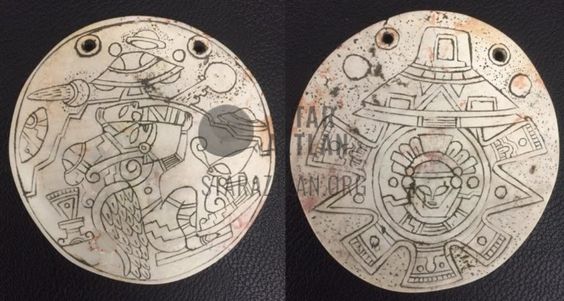Throughout the annals of history, humanity has been marked by encounters with people who are vastly different from us. From ancient civilizations to the modern era, these strange meetings have shaped the course of human development, fostering cultural exchange, conflict, and often, a deeper understanding of our shared humanity. This article embarks on a journey through time, exploring strange encounters with diverse cultures that have left an indelible mark on the fabric of our collective history.

Ancient Mesopotamia: Meeting of the Rivers and Civilizations: In the cradle of civilization, the meeting of the Tigris and Euphrates rivers in ancient Mesopotamia set the stage for unprecedented encounters. The Sumerians, Akkadians, Babylonians, and Assyrians converged, creating a melting pot of cultures, languages, and ideas. This confluence gave rise to some of the world’s earliest written records and legal codes, showcasing the transformative power of diverse encounters in shaping human societies.
Silk Road: A Tapestry of Cultures: The ancient Silk Road, spanning from China to the Mediterranean, served as a conduit for the exchange of goods, ideas, and cultures. Merchants, scholars, and explorers embarked on perilous journeys, encountering diverse peoples along the way. This interconnected network facilitated the spread of religious beliefs, technological innovations, and artistic influences, leaving an enduring legacy on the civilizations it touched.

Vikings and Faraway Shores: The seafaring Vikings of the Norse world embarked on daring journeys that brought them into contact with distant lands. From raiding expeditions to trade ventures, the Vikings encountered people with different customs, languages, and beliefs. These encounters, while often marked by conflict, also contributed to the diffusion of cultural practices and the exchange of goods across the European continent.
Marco Polo’s Travels: Bridging East and West: In the 13th century, Marco Polo’s extensive travels bridged the gap between the East and the West. His encounters with the Mongol Empire and the civilizations of the Far East provided Europeans with glimpses into previously unknown cultures. Polo’s written accounts became a source of fascination, inspiring future explorers and igniting interest in the distant realms of Asia.
Colonial Encounters: Clash of Civilizations: The Age of Exploration in the 15th and 16th centuries marked an era of colonial encounters that reshaped the world. European powers, driven by the quest for resources and dominance, encountered indigenous cultures in the Americas, Africa, and Asia. These encounters, often characterized by cultural clashes and exploitation, led to profound and lasting impacts on both colonizers and the colonized.
Cultural Exchange on the Silk Routes: In the 19th and 20th centuries, the Silk Routes of Central Asia once again became conduits for cultural exchange. European explorers, traders, and scholars interacted with the diverse peoples of the region, discovering ancient cities, archaeological treasures, and the rich tapestry of Central Asian cultures. These encounters contributed to a renaissance of interest in the Silk Roads and their historical significance.
Globalization and the Digital Age: In the modern era, globalization and the advent of the digital age have facilitated instantaneous encounters with people from every corner of the globe. The internet, social media, and international travel have created a hyper-connected world, fostering an ongoing exchange of ideas, cultures, and perspectives. While this connectivity has its challenges, it also holds the potential for greater understanding and unity among diverse peoples.

The chronicles of strange encounters with people different from us throughout history reveal the complex tapestry of human interactions. From ancient civilizations to the present day, these encounters have shaped the course of human development, contributing to the richness of our cultural heritage. As we navigate an increasingly interconnected world, embracing the lessons of these encounters can foster a spirit of appreciation, tolerance, and shared humanity across the diverse landscapes of our global community.